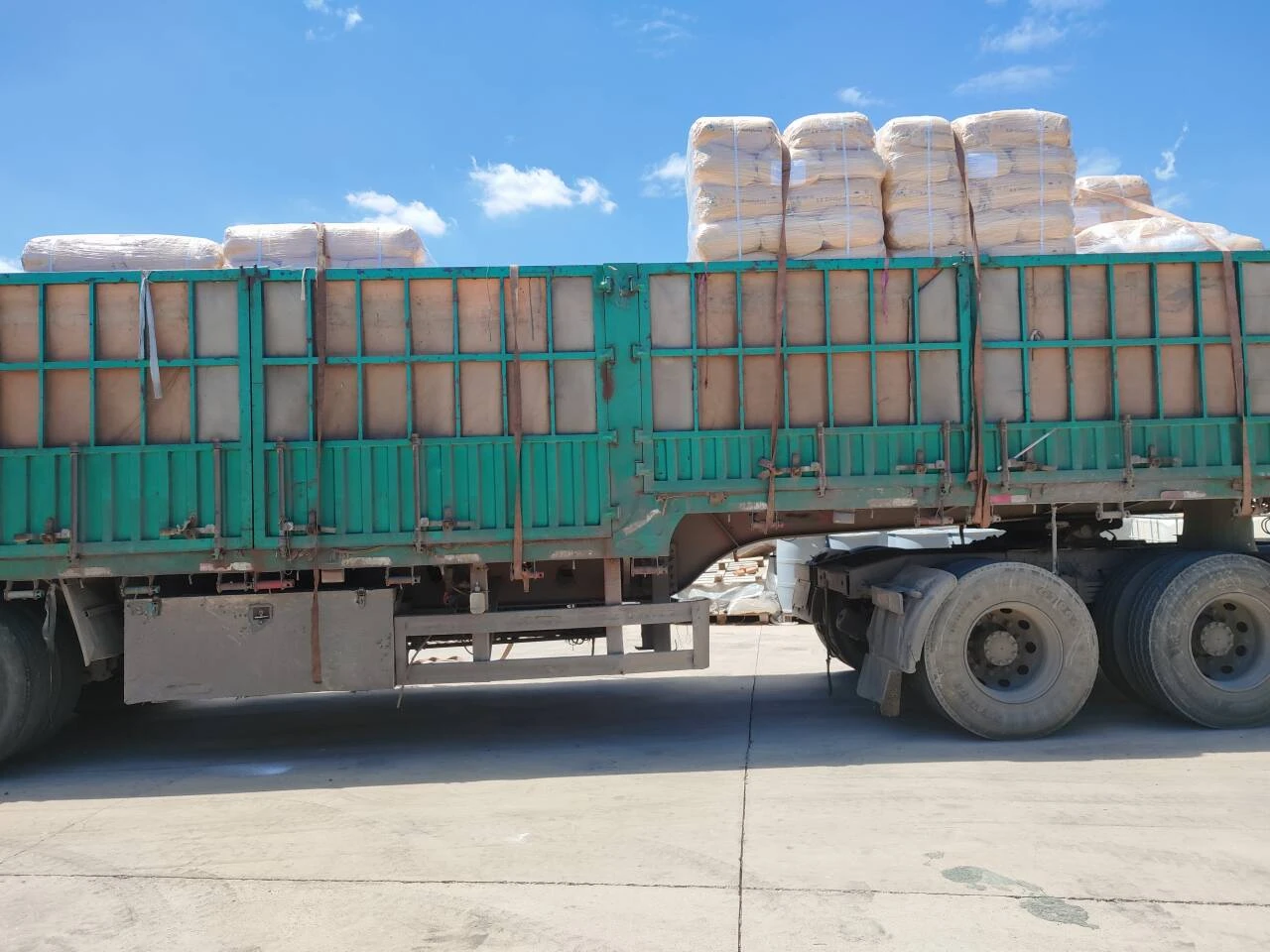Chemicals Used in Sewage Treatment
Sewage treatment is an essential process for maintaining public health and protecting the environment. As urban populations grow and industrial activities increase, the need for effective sewage treatment becomes critical. Various chemicals are employed during sewage treatment to facilitate the breakdown of organic matter, remove pollutants, and ensure that treated water meets safety standards before being discharged into water bodies or reused. This article explores the primary chemicals used in sewage treatment processes.
One of the main categories of chemicals used in sewage treatment are coagulants. Coagulants, such as aluminum sulfate and ferric chloride, help to coagulate small particles in the sewage, allowing them to group together and form larger aggregates called flocs. These flocs can then be more easily removed from the wastewater during sedimentation. The coagulant's effectiveness depends largely on the pH of the wastewater; therefore, pH conditioners like lime may also be added to ensure optimal coagulation.
Another critical group of chemicals is disinfectants. After the sewage has been treated and solid waste removed, disinfection is necessary to eliminate pathogens that may still be present in the water. Common disinfectants include chlorine, chlorine dioxide, and ultraviolet (UV) light. Chlorination is one of the oldest methods and involves adding chlorine to kill bacteria and viruses. However, it can produce harmful by-products, so many facilities opt for UV disinfection, which effectively eliminates pathogens without chemical residues.
chemicals used in sewage treatment

In addition to coagulants and disinfectants, various chemicals are used for pH adjustment and nutrient removal. For instance, phosphates and nitrates found in sewage can lead to environmental issues such as eutrophication. Chemicals like alum or ferric salts are often used to precipitate phosphorus, rendering it insoluble. At the same time, ammonia, which is a common pollutant, can be reduced through biological processes or through the use of ammonium ion-selective resins.
Surfactants may also be employed in specific treatment scenarios, particularly in the removal of fats, oils, and grease (FOG). These compounds help to emulsify oils, making it easier for them to be separated from the water. This step is crucial, especially in food-processing industries where FOG is prevalent in wastewater.
Finally, odor control is another important aspect of sewage treatment, particularly in urban areas. Chemicals like activated carbon and sodium hypochlorite can be used to mitigate unpleasant odors produced during the treatment process.
In conclusion, the chemicals used in sewage treatment play a significant role in ensuring that wastewater is effectively treated before it is released back into the environment. By utilizing coagulants, disinfectants, pH adjusters, and specialized additives, sewage treatment facilities can significantly reduce pollutants and protect both public health and the ecosystem. As technology progresses, the development of more efficient and environmentally friendly chemicals will remain a priority in the field of wastewater management.

